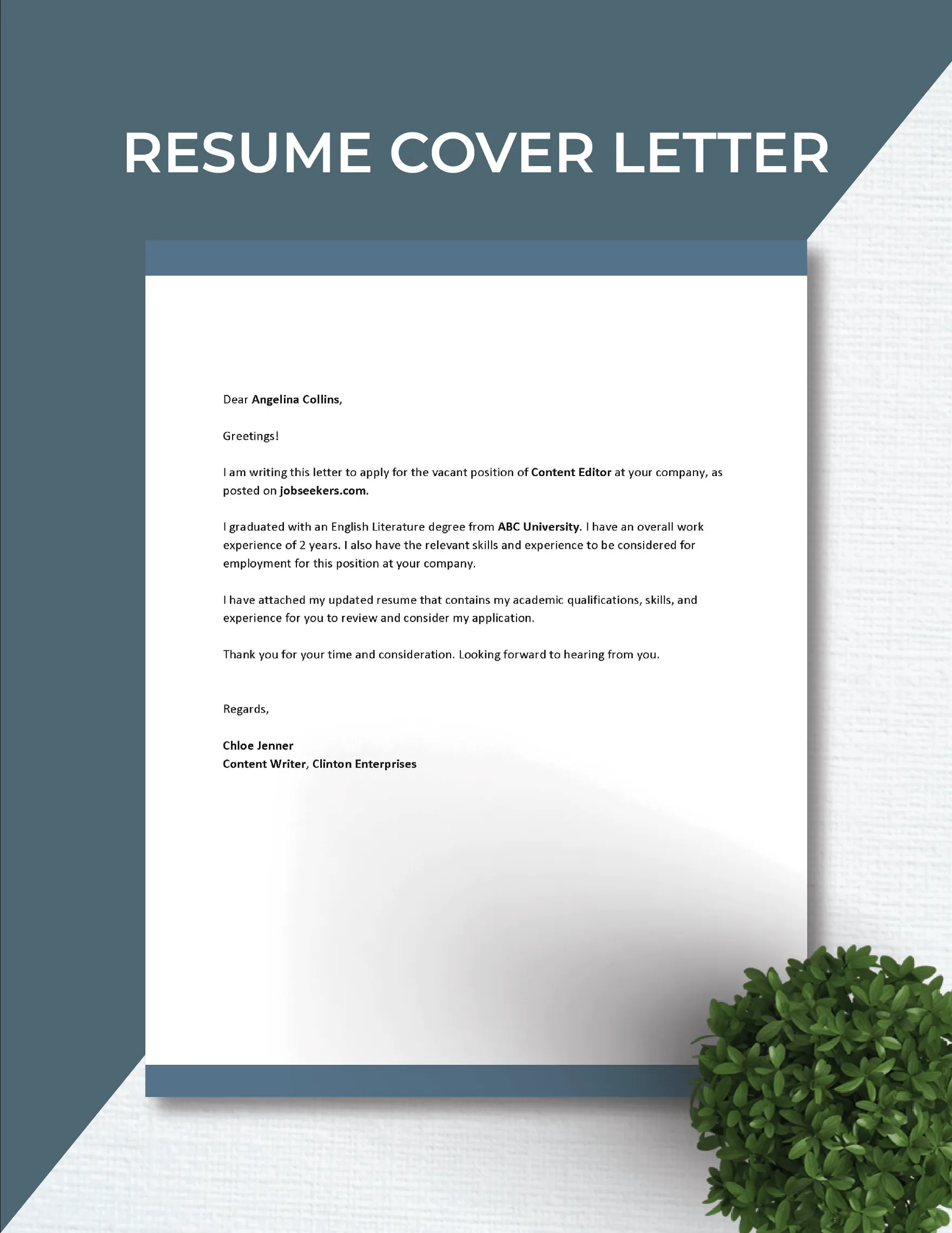Understanding Resume Cover Letters
A resume cover letter is a crucial document that accompanies your resume when applying for a job. It serves as an introduction, allowing you to showcase your personality, skills, and enthusiasm for the position and the company. Unlike your resume, which provides a factual overview of your experience, a cover letter allows you to tell your story, explaining why you are the perfect fit for the role. Think of it as your first impression in writing, a chance to make a compelling case for why you should be invited for an interview. A well-crafted cover letter can significantly increase your chances of landing your dream job, as it gives you a platform to stand out from other candidates. It allows you to demonstrate your communication skills and provide context to your resume, highlighting relevant experiences and accomplishments that directly align with the job requirements. Mastering the art of writing a cover letter is therefore essential for any job seeker.
Why a Resume Cover Letter Matters
In today’s competitive job market, a resume cover letter is not just an optional extra; it is a necessity. It provides an opportunity to demonstrate your understanding of the role and the company, showing that you have gone beyond a generic application. Recruiters and hiring managers often use cover letters to assess your communication skills, writing style, and attention to detail. A well-written letter indicates that you are serious about the position and have taken the time to research the company and tailor your application. Furthermore, a cover letter lets you address any gaps in your resume, such as career changes or periods of unemployment, by providing context and explaining how your experiences are still relevant. It also enables you to highlight specific skills and accomplishments that align with the job requirements, making your application more targeted and impactful. By showcasing your personality and passion, a cover letter helps you make a memorable impression, setting you apart from other candidates and increasing your chances of securing an interview.
Essential Elements of a Resume Cover Letter
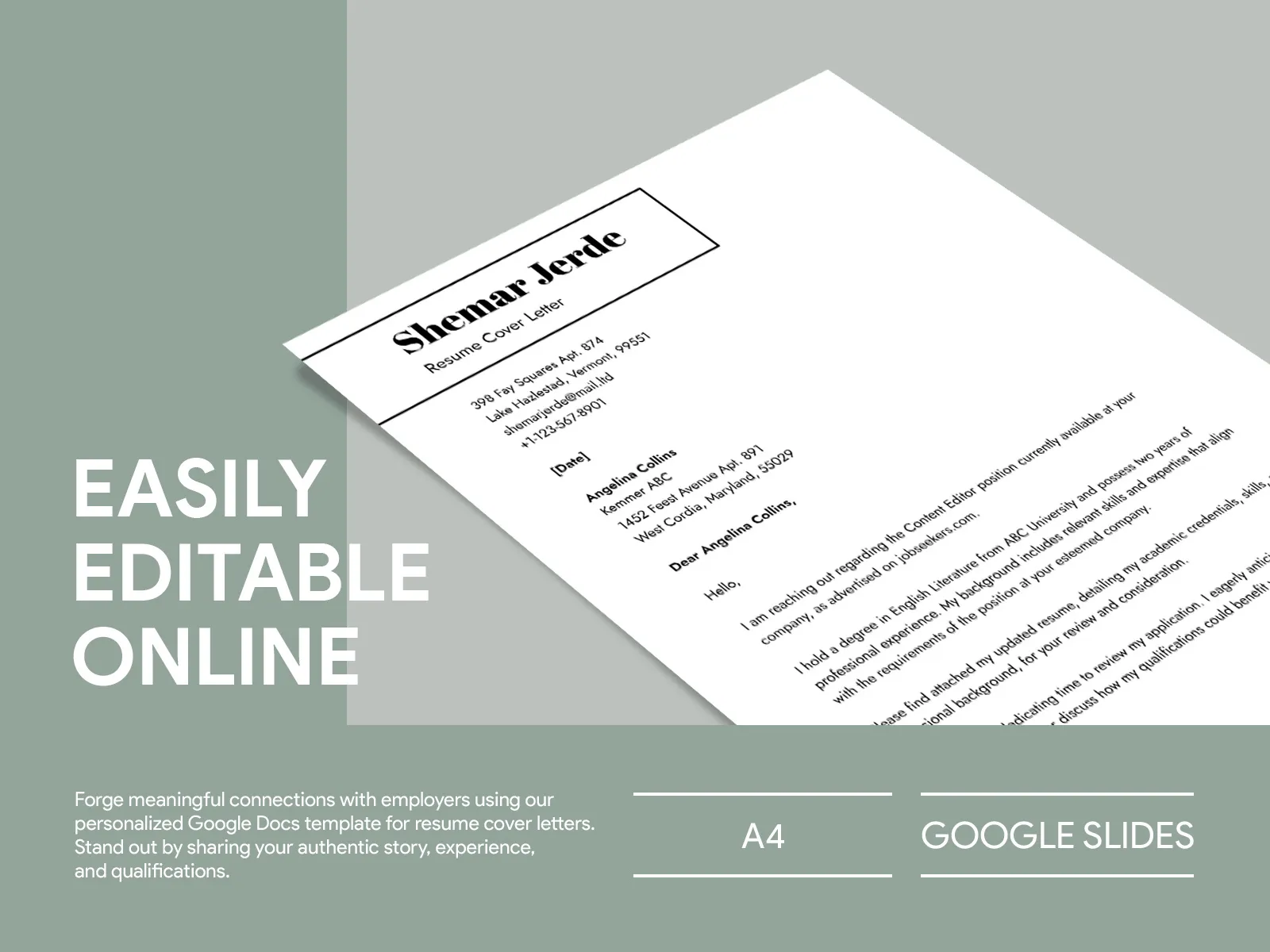
A strong resume cover letter should include several key elements to effectively communicate your qualifications and enthusiasm. These elements work together to create a cohesive and compelling narrative that captures the hiring manager’s attention. From the initial greeting to the closing statement, each component plays a vital role in conveying your value as a potential employee. Paying attention to these elements ensures your cover letter is both professional and persuasive, making a positive impact on your application. These components will guide you in crafting a cover letter that highlights your strengths and makes a lasting impression.
Contact Information
Start your cover letter with your contact information at the top, which includes your name, phone number, email address, and optionally, your LinkedIn profile URL. This makes it easy for the hiring manager to contact you if they are interested in your application. Ensure that the contact information is current and accurate. The formatting should be clear and professional, making it easy to read and extract the necessary details. Make sure that the email address you provide is professional and appropriate. This section establishes your identity and provides the essential details for potential employers to reach out.
Professional Greeting
Always start your cover letter with a professional greeting. Ideally, address the hiring manager by name. Research the company or use LinkedIn to find the hiring manager or recruiter’s name. If you cannot find a specific name, use a general greeting such as “Dear Hiring Manager” or “Dear [Company Name] Hiring Team”. Avoid generic greetings such as “To Whom It May Concern,” as they can make your letter seem impersonal. A personalized greeting shows that you have taken the time to research the company and shows your attention to detail.
Opening Paragraph
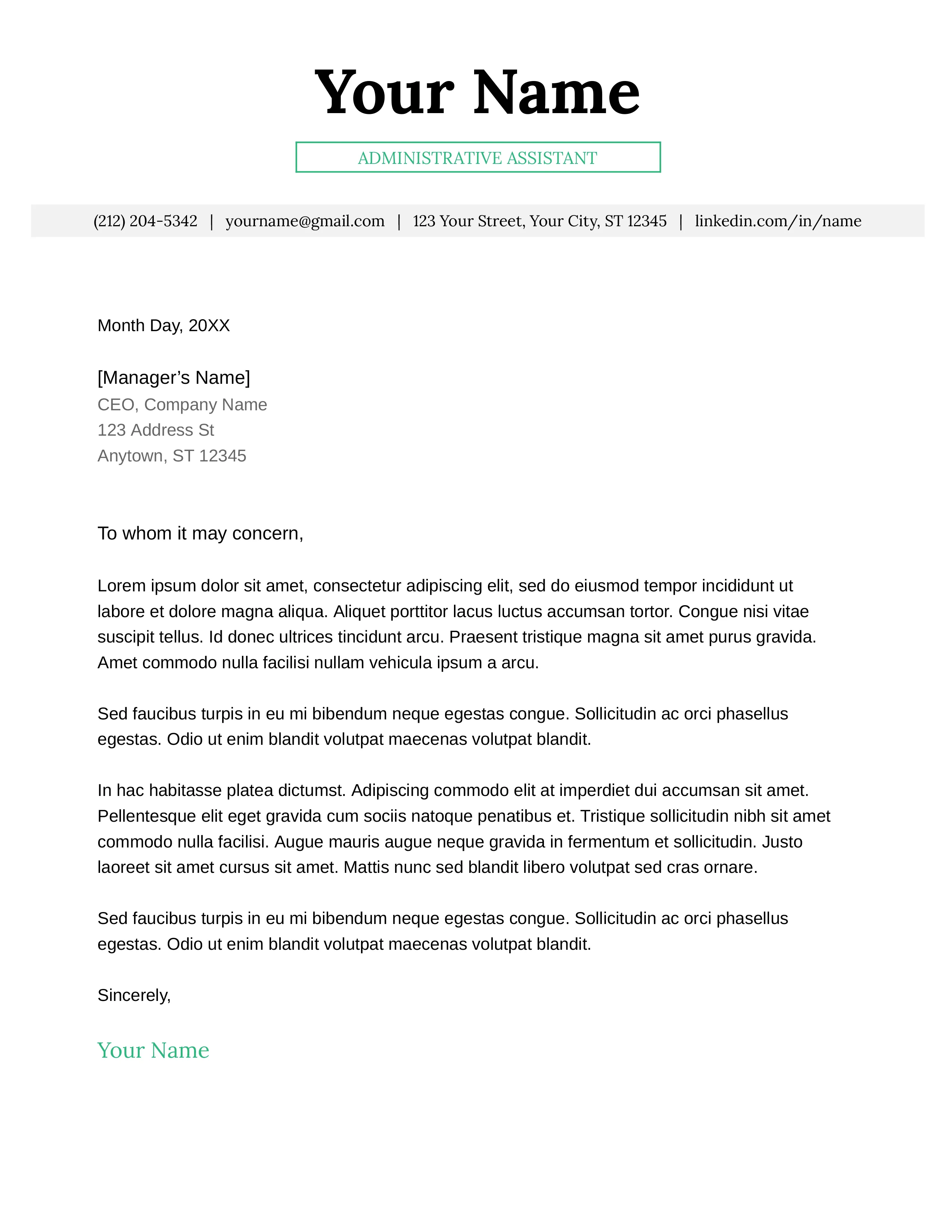
The opening paragraph is your first opportunity to grab the hiring manager’s attention. Start by stating the position you are applying for and where you found the job posting. Briefly mention why you are interested in the role and the company, and highlight your key skills or qualifications that align with the job requirements. The opening should be concise, enthusiastic, and make the reader want to learn more about you. It should immediately establish your interest and suitability for the position. Be clear and to the point, setting a positive tone for the rest of the letter.
Highlighting Relevant Skills and Experience
In the body of your cover letter, provide specific examples of your skills and experiences that align with the job requirements. Don’t just list your skills; provide evidence of how you have used them in previous roles. Use the job description as a guide to identify the key skills the employer is looking for and tailor your examples accordingly. This is where you explain how your qualifications match the job’s needs. Whenever possible, use the STAR method (Situation, Task, Action, Result) to describe your accomplishments. This method provides a clear and concise way to demonstrate your value by explaining the context, your role, the actions you took, and the positive outcomes achieved.
Tailoring Your Cover Letter
Customizing your cover letter for each job application is essential. Avoid using a generic template. Research the company and the specific role to understand their needs and expectations. Customize your letter to reflect the unique requirements and culture of each organization. Use keywords from the job description to demonstrate that you have the skills and experience they are looking for. Show, don’t just tell, by providing relevant examples of how you have used these skills in the past. This shows you have taken the time to understand their needs. Tailoring also includes referencing the company’s mission, values, or recent projects to demonstrate your genuine interest. This will set you apart from other applicants.
Quantifiable Achievements
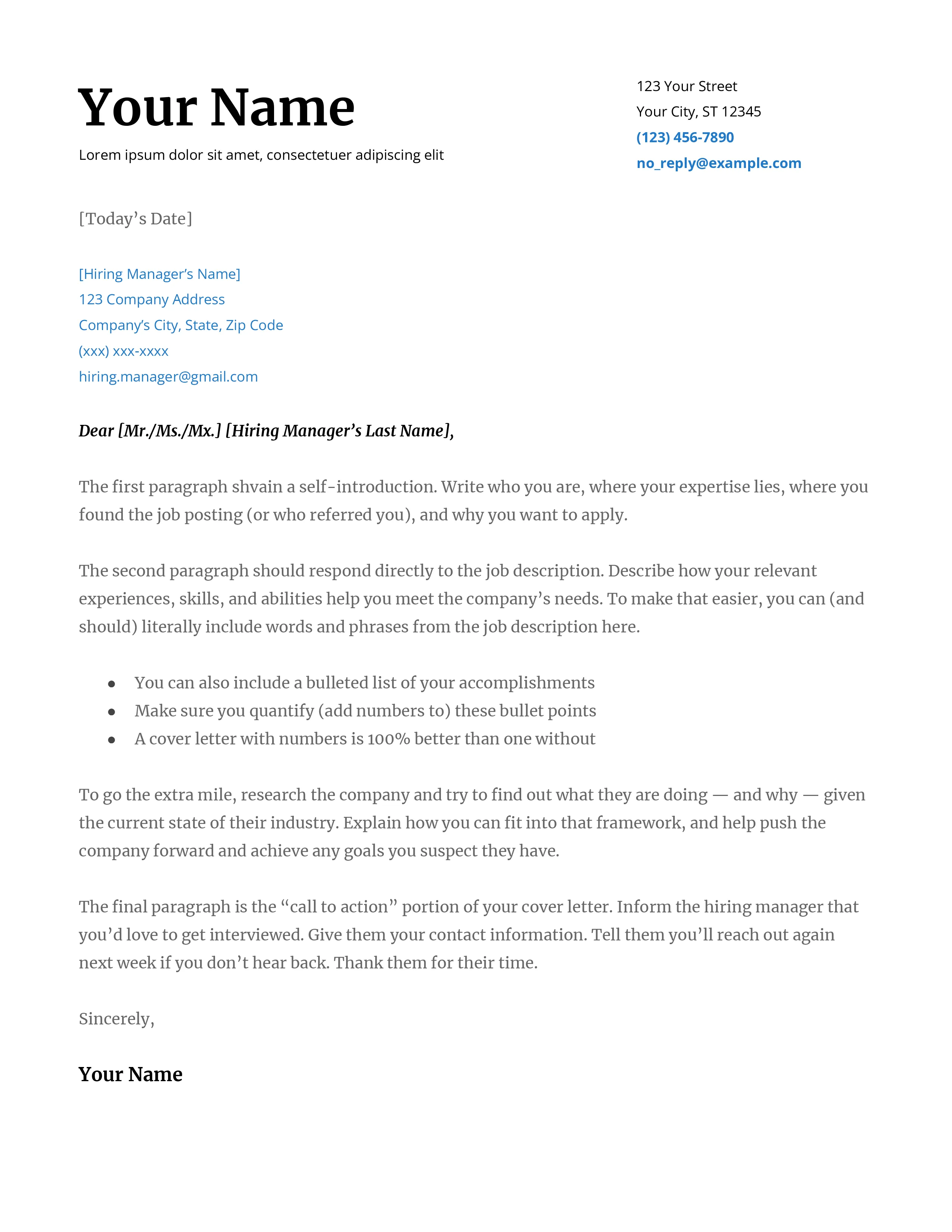
Whenever possible, quantify your achievements. Use numbers and data to demonstrate the impact you have made in previous roles. Instead of saying “Improved customer satisfaction,” say “Increased customer satisfaction scores by 15% within six months”. Quantifiable achievements provide concrete evidence of your accomplishments and make a stronger impression on the hiring manager. Include specific examples of how you have exceeded expectations, such as increasing sales, reducing costs, or improving efficiency. Quantifiable metrics add credibility to your claims and help the hiring manager understand the value you can bring to their organization. Numbers and data quickly show your accomplishments.
Demonstrating Company Knowledge
Show the hiring manager that you have researched the company and understand its mission, values, and recent projects. Mention specific aspects of the company that interest you and align with your career goals. Referencing their products, services, or recent achievements demonstrates your genuine interest and enthusiasm. You can find information on the company’s website, social media profiles, and news articles. Highlighting your knowledge of the company will show that you are not just applying for any job but are genuinely interested in working there. Demonstrating this knowledge can significantly increase your chances of making a positive impression.
Call to Action
In your cover letter, include a clear call to action. This encourages the hiring manager to take the next step, such as scheduling an interview. Express your interest in the position and reiterate your enthusiasm for the opportunity. State your availability for an interview and how you can be contacted. A strong call to action makes it easy for the hiring manager to move forward. The call to action should be confident and professional, leaving the impression that you are eager to discuss your qualifications further. Reiterate your interest and make it easy for them to contact you for the interview.
Concluding the Cover Letter
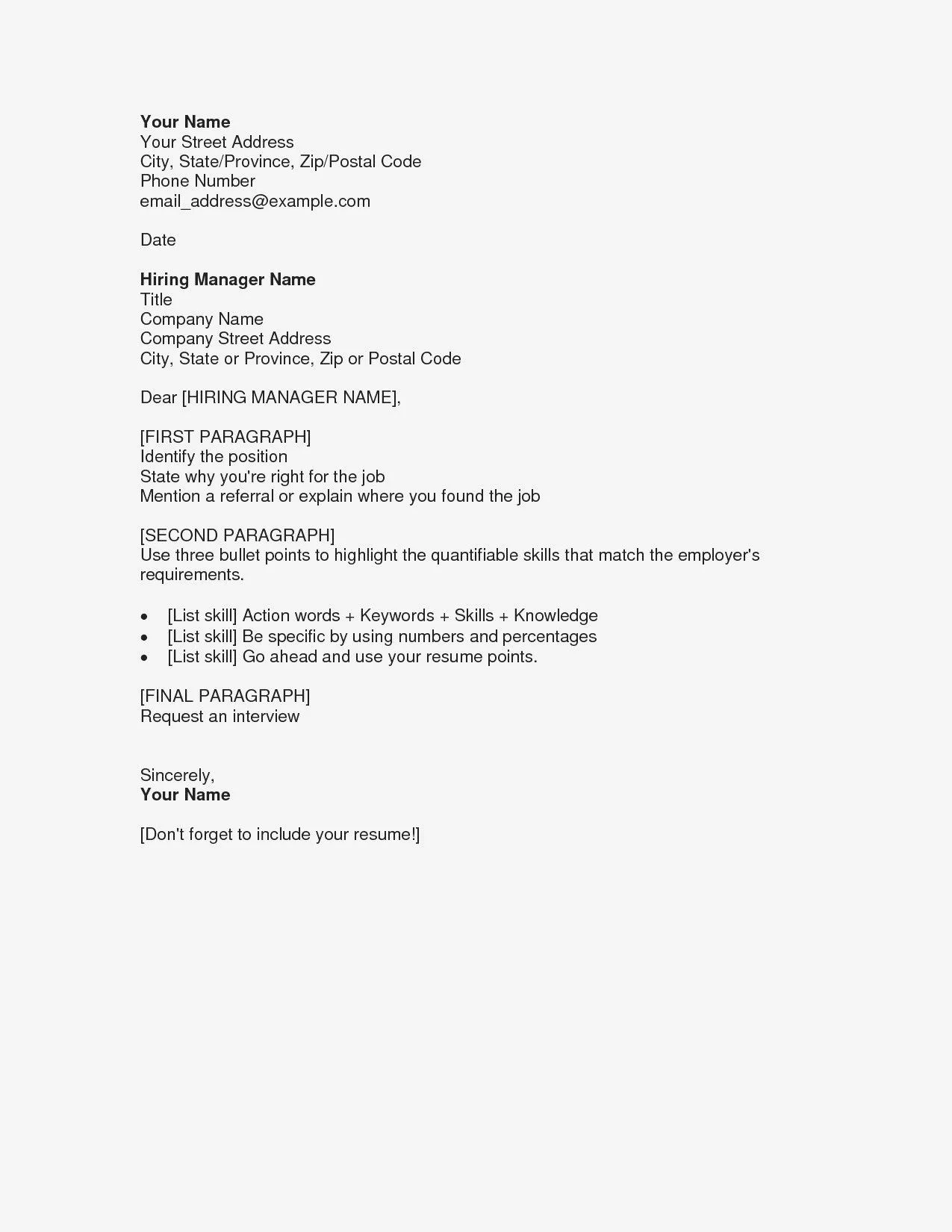
Conclude your cover letter with a professional closing, such as “Sincerely,” “Best regards,” or “Thank you for your time and consideration.” Use a professional closing to express gratitude and reiterate your interest in the position. Make sure your closing aligns with the overall tone of your letter. In this section, you reiterate your appreciation and state you look forward to hearing from them. Always proofread your letter before sending it to ensure there are no errors. A well-crafted conclusion leaves a positive, lasting impression and reinforces your professionalism.
Formatting Your Cover Letter in Google Docs
Google Docs is an excellent tool for creating and formatting your resume cover letter. It’s free, accessible, and offers a wide range of features to help you create a professional document. The user-friendly interface makes it easy to create and edit your cover letter, and the cloud-based nature ensures your work is saved automatically. It provides various formatting options to ensure your letter looks polished and professional. With Google Docs, you can easily create a cover letter that highlights your skills and qualifications, demonstrating you are the ideal candidate for the job.
Choosing the Right Template
Google Docs offers a selection of pre-designed templates that you can use as a starting point for your cover letter. Access these templates by opening Google Docs and clicking on “Template gallery” at the top of the page. Choose a template that is appropriate for a cover letter and aligns with your personal style. The template should have a clean and professional design that allows your content to stand out. Look for templates with clear headings, sufficient white space, and a readable font. While these templates provide a great foundation, remember to customize them to reflect your personal brand and the specific job you are applying for.
Customizing the Template
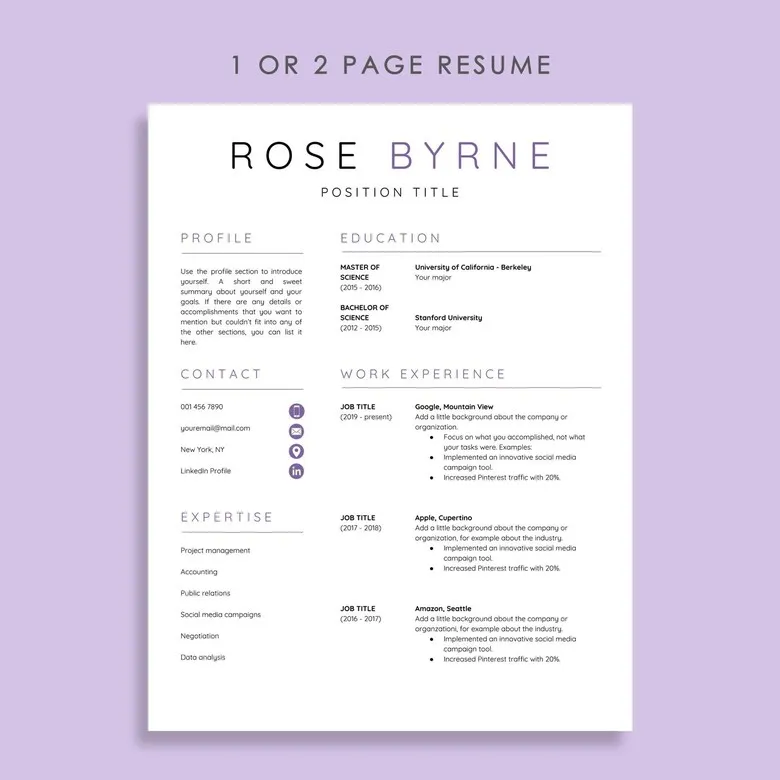
Once you’ve chosen a template, customize it to fit your specific needs. Start by updating the contact information at the top of the document. Then, replace the placeholder text with your own content, including your greeting, opening paragraph, skills, and achievements. Customize the formatting to align with your personal brand. Experiment with different fonts, font sizes, and paragraph spacing. Maintain a consistent look throughout the document for a professional appearance. Ensure your letter aligns with the job description and clearly showcases your qualifications. You may also add a personal touch, by changing the color or adding design elements to make your cover letter stand out.
Tips for Formatting in Google Docs
Pay attention to formatting details to create a professional-looking cover letter. Use a clear and easy-to-read font, such as Arial, Calibri, or Times New Roman, with a font size of 11 or 12 points. Use consistent paragraph spacing and alignment (usually left-aligned) throughout the document. Maintain appropriate margins (typically 1 inch on all sides) to create white space and improve readability. Use bold and italics sparingly to emphasize key information. Use bullet points to break up text and make your accomplishments easier to scan. Ensure there are no widows or orphans (single lines of text at the top or bottom of a page). Use these tips to make your document look more polished and professional.
Proofreading and Editing
Before submitting your cover letter, proofread and edit it carefully. Check for any grammatical errors, typos, and inconsistencies in your writing. Read your cover letter aloud to identify any awkward phrasing or sentences that don’t flow well. Ask a friend, family member, or career advisor to review your cover letter and provide feedback. They may catch errors you have missed. Ensure your cover letter is concise and well-structured, with clear and compelling content. Correct any errors and refine your writing to create a polished and professional document. Thorough proofreading and editing are essential to making a good impression.
Common Mistakes to Avoid
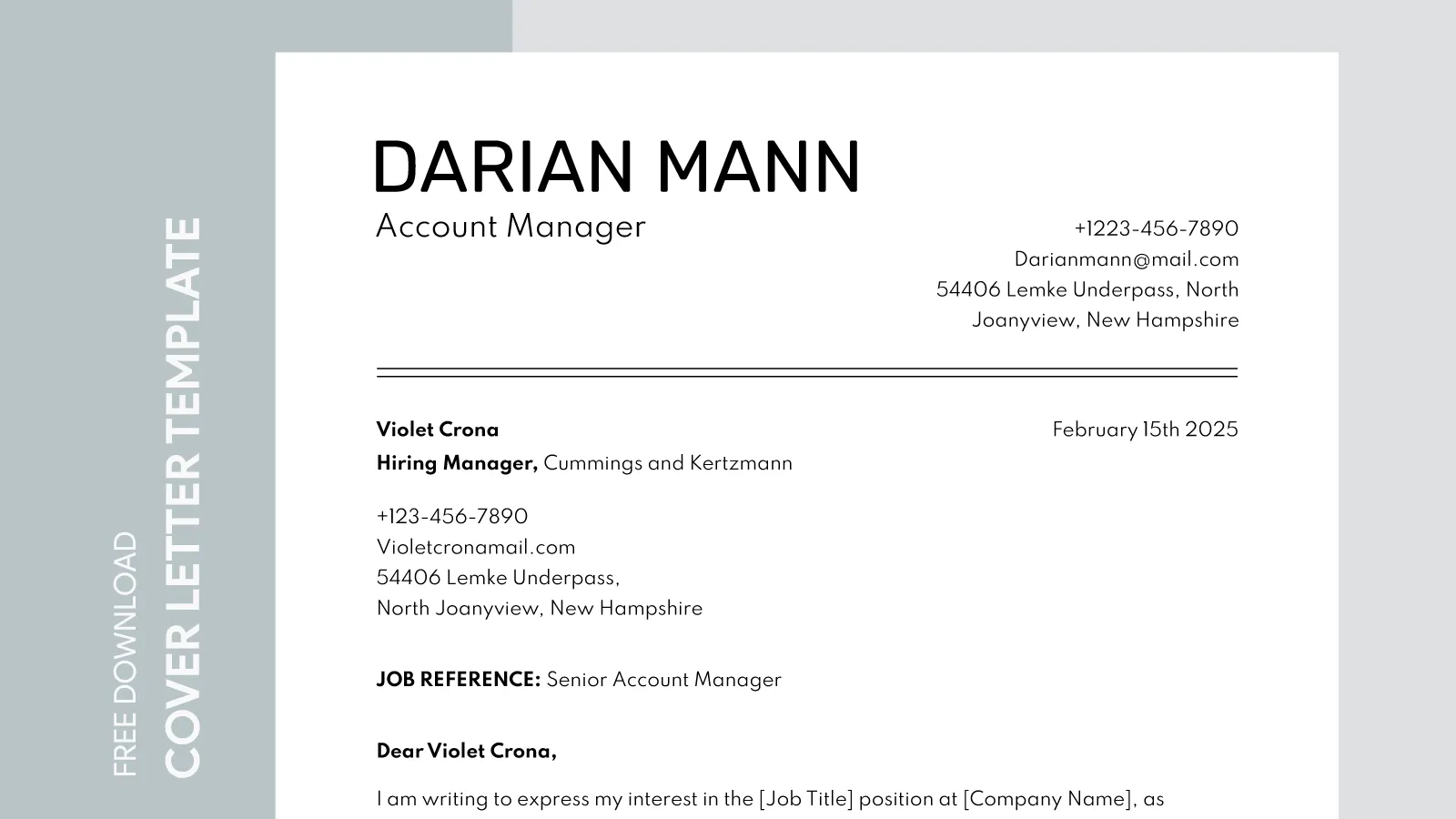
Avoiding common mistakes can greatly improve the effectiveness of your cover letter. One of the most common mistakes is sending a generic cover letter. Always tailor your letter to the specific job and company. Using the wrong name or address the wrong company can make the applicant come across as sloppy or not pay attention to detail. Typos and grammatical errors are another major issue that can undermine your credibility. Be sure to proofread your document. Also, avoid being too vague or overly enthusiastic. Focus on providing specific examples of your skills and achievements rather than making unsubstantiated claims. The letter should be concise and to the point. Exceeding the one-page limit can overwhelm the hiring manager. Keeping your cover letter relevant, clear, and error-free is key to making a positive impression and securing an interview.
Cover Letter Examples and Resources
There are many online resources available to help you create a compelling cover letter. These resources can provide inspiration, guidance, and practical advice to improve your writing. By using these resources you can make sure that your cover letter is up to the job. Also, the use of these resources can help you to customize your cover letter to your unique needs.
Example Cover Letters
Reviewing example cover letters can provide valuable insights into how to structure your own. Look for examples related to your industry, experience level, and the type of job you are applying for. Pay attention to the structure, language, and tone of the examples. Analyze how they highlight the applicant’s skills and experience and how they tailor their letter to the specific job requirements. Use the examples as inspiration. Do not simply copy and paste; instead, adapt the examples to your own unique qualifications. Analyze how the examples connect the applicant’s background to the requirements of the job and the company. This is the most important thing to get out of looking at the examples.
Additional Resources
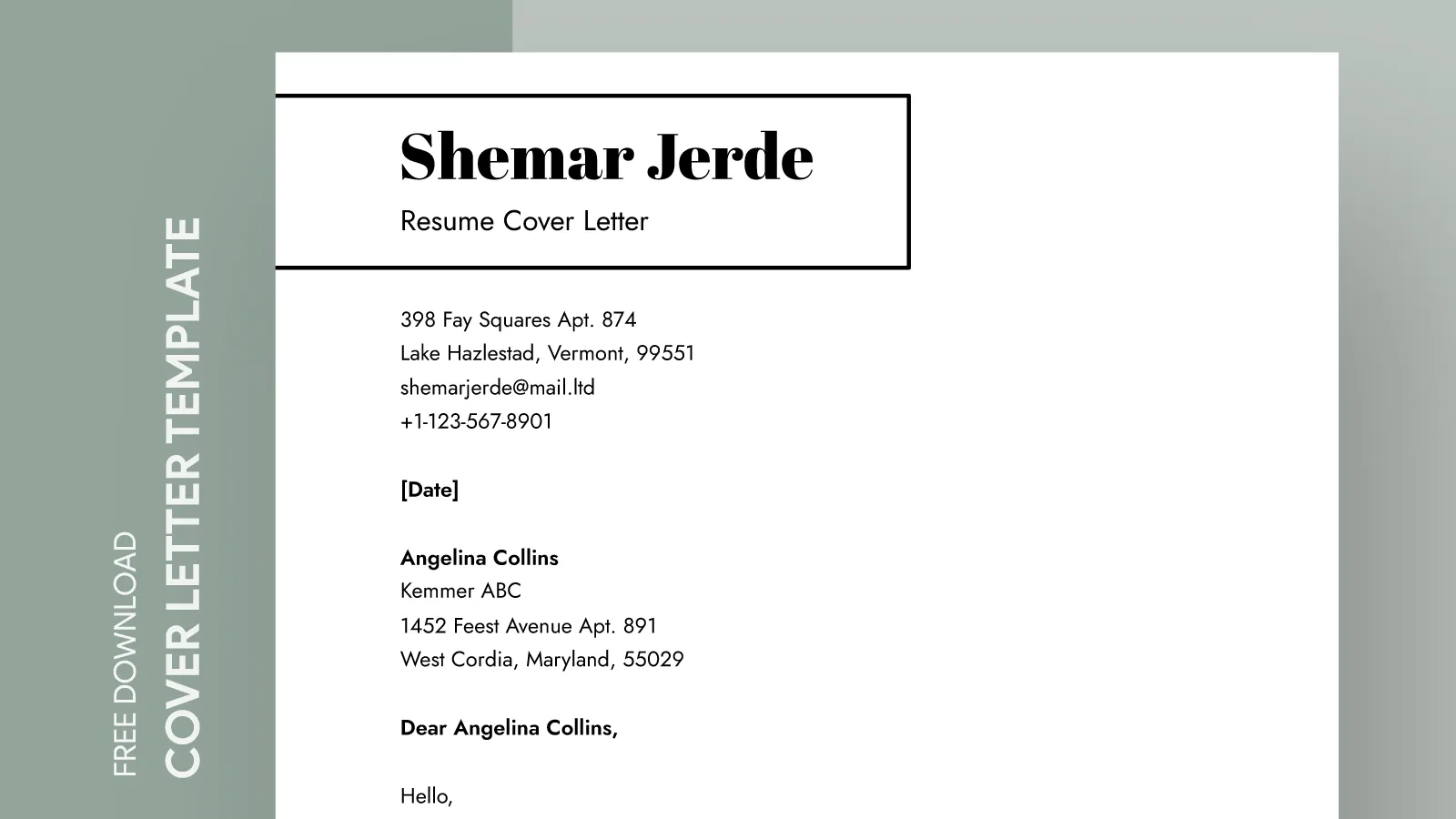
In addition to example cover letters, many online resources can help you create a great cover letter. There are templates available for free downloads. Career websites often provide articles, guides, and templates for cover letters. Use these resources to expand your knowledge and improve your cover letter. They can provide inspiration, guidance, and practical advice to help you write a compelling letter that grabs the reader’s attention. These resources can help you understand formatting, writing style, and what recruiters are looking for in a cover letter. Explore these extra resources and use them to improve your application.
